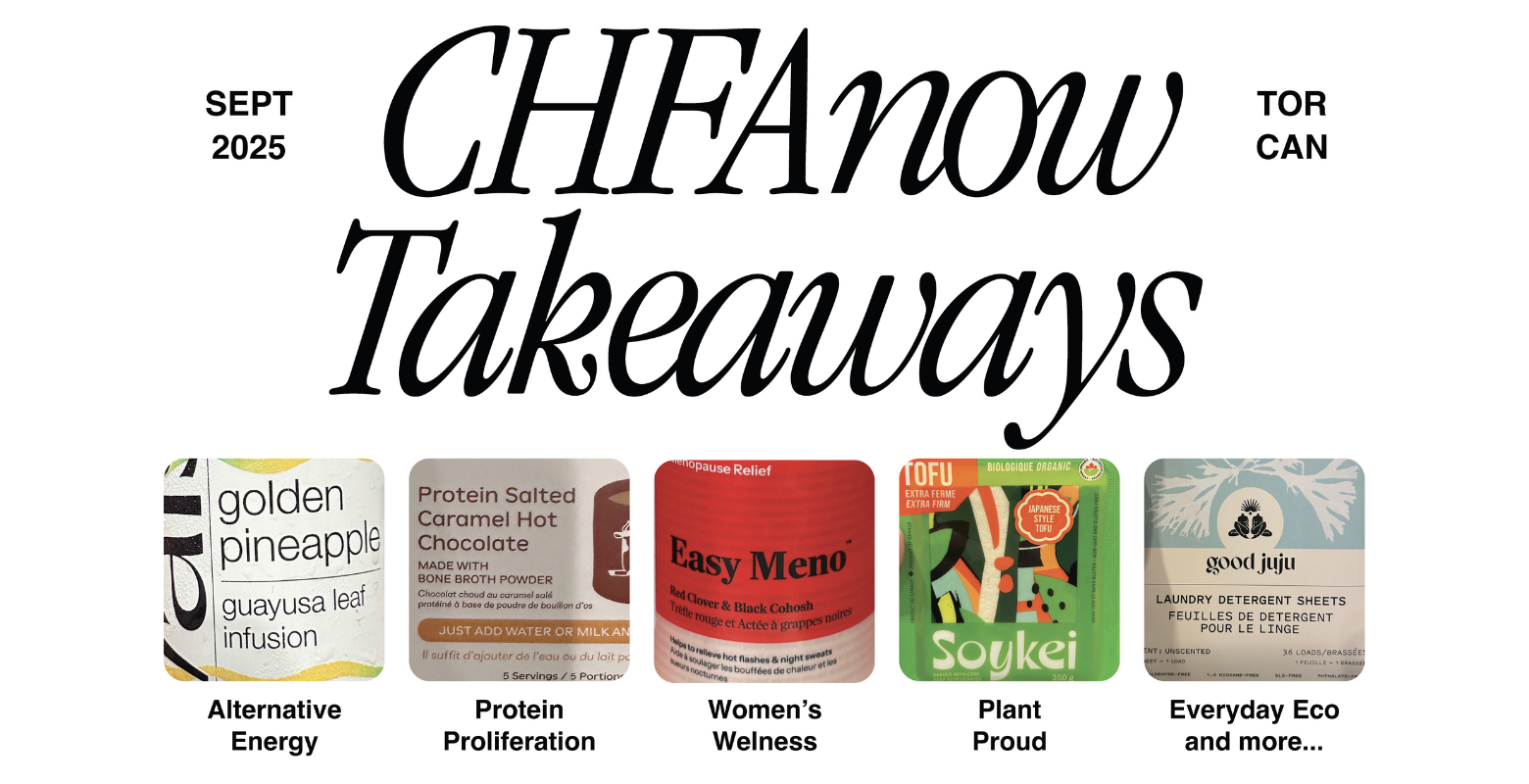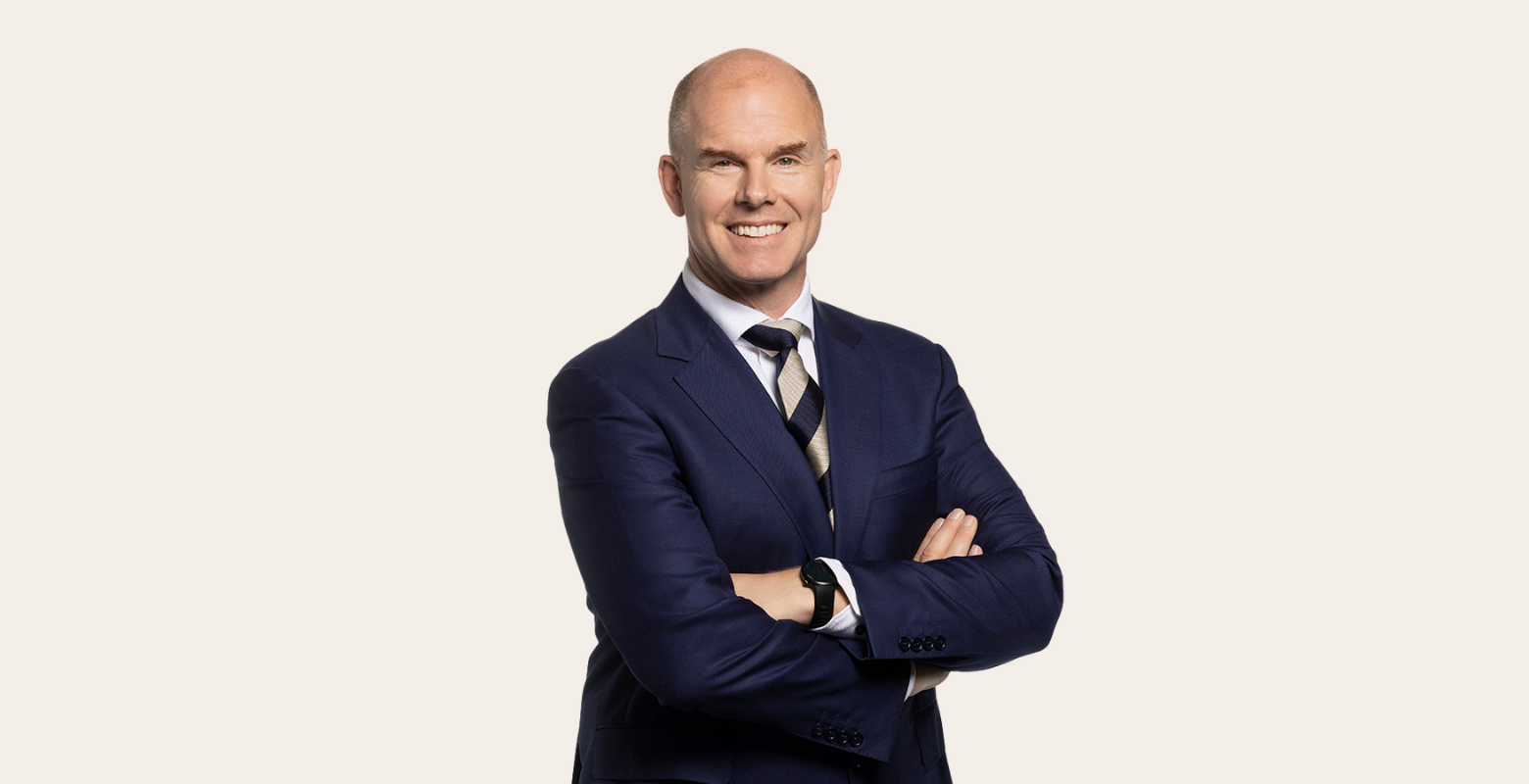What We're Tracking: Intentional Experience Amidst Digital-Detox
When we first started What We’re Tracking, it was just a newsletter segment in The Week, a few observations each week on how taste shifts in real time, paired with three questions to ask and ways to apply what’s happening. Over the past two years, it’s become something of a cultural early-warning system. More than once, we’ve seen other publications cover the same shifts months later, sometimes a year on, and brands launch campaigns that feel uncannily familiar. We’re not claiming credit, but we are claiming instinct.
That’s the thrill and the curse of watching culture too closely: you can see what’s coming, but you have to wait for everyone else to catch up.
Join 53,000 brand leaders reading the shifts before they trend and subscribe to The Week.
Intentional experience amidst digital-detox
As we move toward the spring and summer 2026 cycle, one pattern keeps surfacing. Runway cues for SS26 are leaning into bold colour, visible craft and ritual. At the same time, consumers are expressing fatigue with always-on digital life and a desire for more intentional pause.
According to a 2025 survey by Ernst & Young (UK) titled Decoding the Digital Home, 38% of UK consumers say they are concerned about having too much screen time and are keen on a “digital detox”. Among 18-34 year-olds, that figure is 47%.
Pattern
Across categories, the same pattern shows up. Work, errands and social life blend together, so people cling to small thresholds that reset the day, the walk to the café, the moment you put on a jacket, the ten minutes before a call. Colour, texture, scent and sound carry more weight, a citrus note that means “start now,” a particular fabric that signals “I am out in the world,” a cup, plate or bag that feels like a break from the screen. People also want to explain why a thing is in their life. “I wear this when I need to feel awake.” “This is my commuting coffee.” “I bought this so I look up on my walk.”
The brands that lean into this are curating micro rituals the customer can name and repeat.
Origins
Short answer: a decade of optimisation met a hard limit on human attention.
Longer answer: Years of aggressive digital engagement have left many people overstimulated but undernourished. They have feeds, but lack defined moments.
The pandemic normalised home rituals and small routines. Now people want to protect those habits in a more chaotic, hybrid schedule. Fashion, beauty and hospitality have been rehearsing this with dressing rituals, unboxing, turn-down services and “signature moments” in hotels. That thinking is now bleeding into everyday categories.
The consumer has learned that a small, repeatable ritual often does more for their mood than another hour online. Brands that recognise this will feel like allies, not interruptions.
Potential
Intentional experience amidst digital detox is larger than simple screen breaks. It opens new strategic territory. It lets you reposition the brand as a time ally, promising defined intervals that feel better, five perfect minutes rather than fifty notifications. It pushes you to own a specific threshold, the moment before a presentation, the first step out the front door, the reset between work and evening, and to design product, comms and CX around that single hinge in the day. It also asks you to blend physical and digital with restraint, using digital to prepare or extend the moment, not crowd it, a pre order that shortens the queue, a playlist for the walk, a reminder that tells you when to stop, not only when to start. When brands design for the feeling of a moment rather than the volume of touchpoints, they create something that is far harder to copy.
Process
A simple working process for teams:
Name the ritual: Specify the exact moment you are designing for. “Leaving the house on a rainy Tuesday” is better than “morning.” The sharper the scene, the clearer the brief.
Design the moment: Strip away effort. Remove steps, decisions and screens. Ask what can be decided in advance so the moment itself feels light. Then add one sensory cue, a colour, texture, sound or scent that can become shorthand for that moment. Use it consistently until it feels like a signal.
Lock in the memory Write the line people will repeat. A short, speakable phrase that explains the role you play. If a customer cannot finish the sentence “I use this when…” you are still at slogan level, not ritual level. Measure for memory by tracking dwell time, sentiment, repeat purchase around that time of day and qualitative stories such as “I wore this and someone noticed” or “This is my ten minute reset.”
Questions to ask
Is the next wave of campaign creative built around what it enables (the moment, the ritual, the pause) rather than what it sells?
How are we integrating product, colour, detail and ritual into the physical/virtual hybrid moment of stepping out of the door (today's “digital start line”)?
Are we measuring not just click-volume, but dwell time, emotional sentiment, user stories of “unexpected encounter” or “I wore this and someone noticed”?
For the winter era ahead, lean into the idea that less noise + more meaning wins. Design your marketing for the moment your consumer steps into the real world (or even back from the screen), because that's where they'll remember you.









.png)